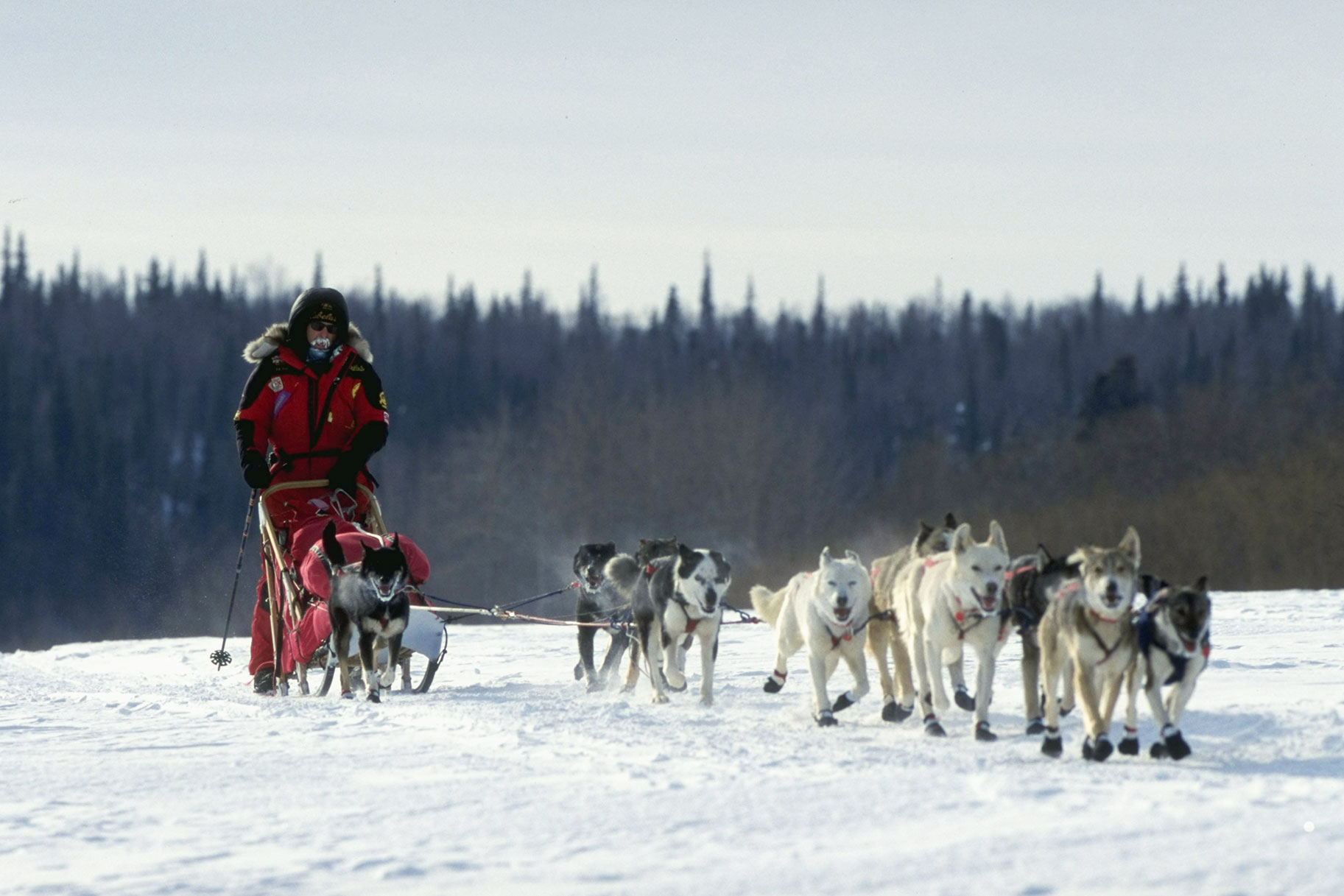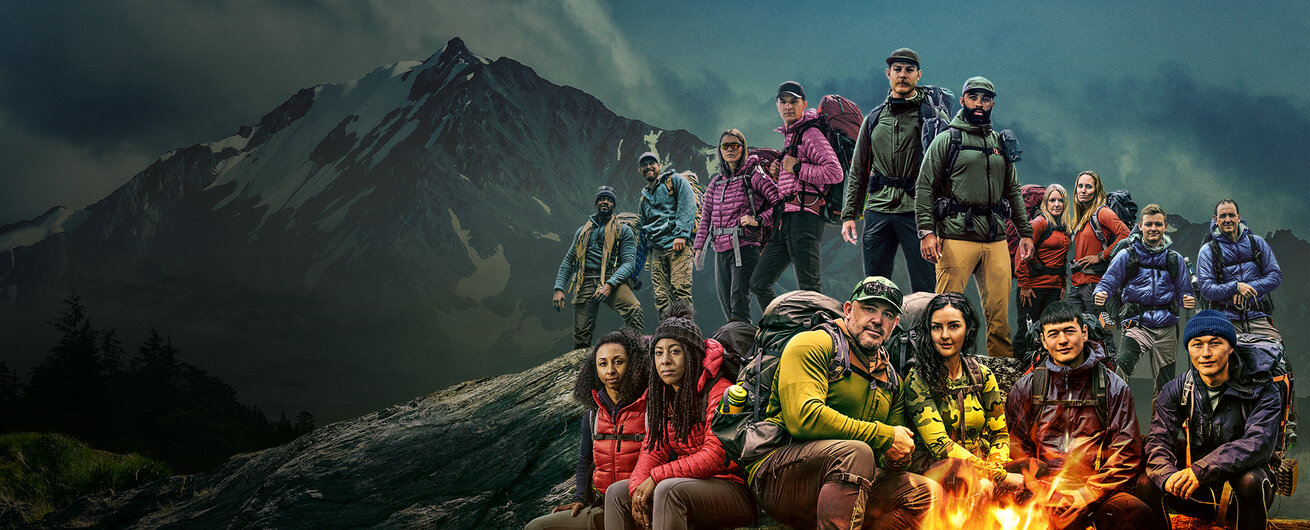'Race To Survive: Alaska' Fans May Want To Check Out The 2023 Iditarod
If you're interested in "Race To Survive: Alaska" the state's other iconic outdoors competition, The Iditarod Trail Sled Dog Race, celebrates its 51st running in March.

USA Network's "Race To Survive: Alaska" is still weeks away from its official premiere on Monday, April 3 at 11 p.m. ET/PT, but thank goodness the state is hosting another homegrown competition event in March to ignite our competitive spirits. The Iditarod Trail Sled Dog Race celebrates its 51st annual sled race the first weekend of March where this year 33 individual teams comprised of human mushers and their dogs will travel from Anchorage to Nome, Alaska via sled.
Traveling an approximately 1,000-mile course, the inaugural Iditarod Trail Sled Dog Race happened in March 1973. The first of its kind, long-distance race was meant to preserve and memorialize the historic gold rush and mail route known as the Iditarod Trail, and save the sled dog culture. With the introduction of snowmobiles, the dog team culture, particularly used by Native tribes for vital transportation between settlements and towns, was disappearing. Local musher Joe Redington enlisted the help of teachers Gleo Huyck and Tom Johnson, the Nome Kennel Club and U.S. Army to create the race course. The first winner, Dick Wilmarth, took three weeks to make it to the finish line in Nome.
RELATED: Everything To Know About USA's Intense New Competition Series 'Race To Survive: Alaska'
The Iditarod Trail Sled Dog Race is a huge event for the state and has its own quirks and traditions that have evolved over its five decades of history. Case in point, there are actually two different routes for the race, a northern track, and a southern track. Racers take the southern route in odd years and the northern route in even years. The race also has two beginnings. The ceremonial start happens on the first Saturday of March, which is the only leg of the race to feature spectators because of its city start in Anchorage. But this portion doesn't count in the actual scorekeeping of the race. On Sunday, the teams line up again for the Iditarod restart in Willow, Alaska, where spectators are not allowed on the actual racecourse because of the potentially dangerous elements to the public.
In this year's southern route, there are 27 checkpoints along the way that each team must sign into when they arrive. It's at these stops that mushers have a few options based on how they prefer to compete. They can camp at the checkpoint for the most efficient start to the next leg of the race, but they aren't required to. To help with those who choose to camp, some mushers coordinate what are called "drop bags" along the way. They can include food, replacement protective paw booties for their dogs, batteries and repair materials for their sleds. They are typically waiting at the checkpoints. However, racer's can't avoid stopping altogether. The rules of the race require that all teams factor three mandatory rests into their itinerary: one 24-hour layover at the checkpoint of their choice; one eight-hour layover at any checkpoint on the Yukon River; and one eight-hour stop in the White Mountain area which is right before the final sprint to Nome.
All teams will sprint for the official finish line where the race ends under an arch that says: "End of Iditarod Sled Dog Race." Hanging on that arch is the "Widow's Lamp," which symbolizes the tradition of leaving out a kerosene lamp on a roadhouse when a musher was expected in town. In turn, the very last team to cross the finish line is known as the "Red Lantern" and signifies the close of that year's race.
Tune in on Monday, April 3 at 11 p.m. ET/PT on USA Network for the "Race to Survive: Alaska" premiere. Catch more survival shows on Peacock now.















